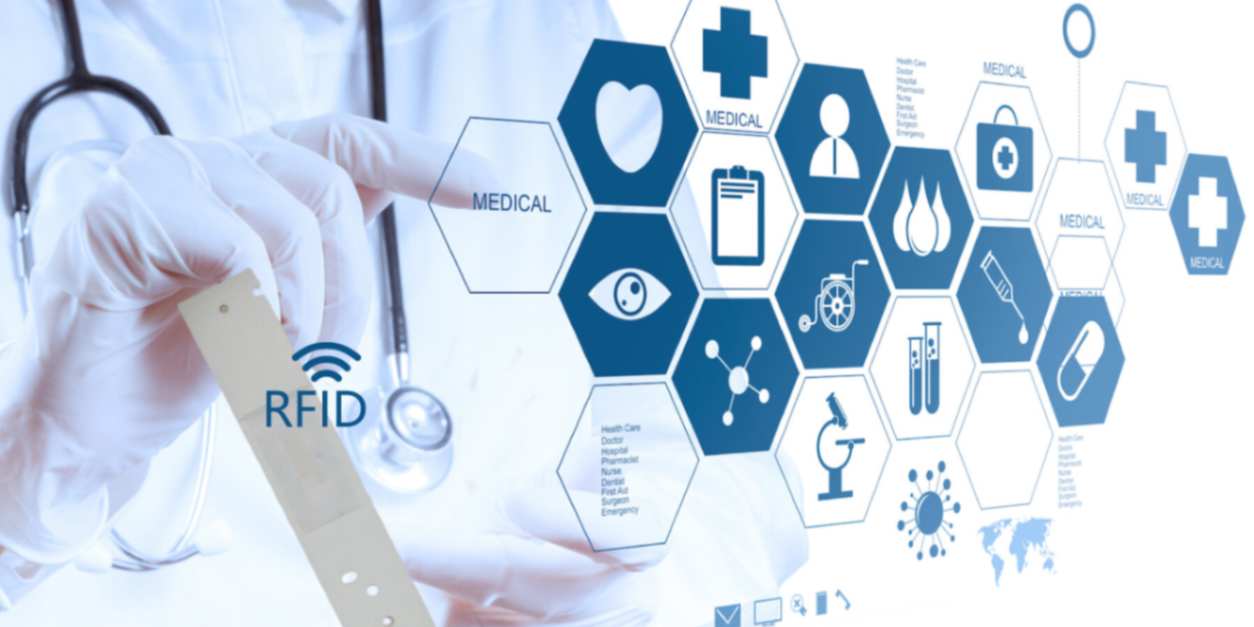


This post explores the challenges of equipment management in hi-tech R&D labs and how RFID tracking solutions integrate seamlessly with existing LIMS
In cutting-edge semiconductor and electronics research labs, every second of equipment uptime drives innovation forward. Yet, losing track of oscilloscopes, probe stations, and wafer handlers can grind progress to a halt. Implementing RFID lab equipment tracking delivers real-time visibility into high-value assets, simplifies compliance, and ensures researchers spend more time innovating and less time searching for assets. This post explores the challenges of equipment management in hi-tech R&D labs, why precise asset tracking is essential, and how RFID tracking solutions integrate seamlessly with existing Lab Information Management Systems (LIMS) to accelerate discovery.
The High Cost of Misplaced Equipment
Equipment Misplacement Among Lab Benches – Imagine an engineer ready to run a critical validation test, only to find the spectrum analyzer has vanished from its usual station. While the instrument remains on site, locating it manually can consume 15–20 minutes per search, delaying experiments and pushing back development milestones.
Calibration Compliance and Audit Overhead – Regulatory bodies and internal QA teams require proof that each instrument is within its calibration window. Traditional methods such as paper logs and manual spreadsheets are prone to error. During audits, labs scramble to gather certificates, often revisiting multiple storage areas to find missing paperwork.
Downtime in Automated Test Lines – Automated wafer-testing lines rely on each station’s availability. A missing probe handler can stop a 24/7 production run, incurring tens of thousands of dollars per hour in lost throughput and jeopardizing time-to-market commitments.
Why Real-Time Asset Visibility Is Critical
How RFID Tracking Works in R&D Labs
Tagging High-Value Instruments
Durable RFID labels, designed to withstand extreme environments and cleanroom protocols, are affixed to each piece of equipment. These tags encode a unique asset identifier along with calibration and maintenance details.
Fixed and Mobile RFID Readers
Strategically placed RFID readers at exit-entryways, benches, and storage areas create “geo-fencing” zones. Mobile readers or handheld scanners give researchers on-the-spot confirmation of an asset’s last known location.
Integration with LIMS and CMMS
RFID systems sync in real time with Lab Information Management Systems (LIMS) and Computerized Maintenance Management Systems (CMMS). Asset status changes—movement, usage, calibration—are automatically updated in central databases, eliminating manual data entry.
Automated Calibration Alerts
When an asset’s calibration date approaches expiration, the system triggers email alerts. Upon calibration completion, technicians scan the tag to refresh the timestamp, creating an audit-ready history trail.
Key Benefits of RFID Lab Equipment Tracking
Getting Started: Pilot Your RFID Deployment
Conclusion: Accelerate Innovation with RFID Tracking
In hi-tech R&D labs where time-to-market defines competitive advantage, losing track of a single equipment can stall progress. RFID lab equipment tracking transforms asset management from a manual chore into an automated, real-time capability—ensuring that critical tools are always where they need to be, properly calibrated, and audit-ready.
Ready to supercharge your lab’s efficiency? Try the next-gen RFID tracking solutions today!
